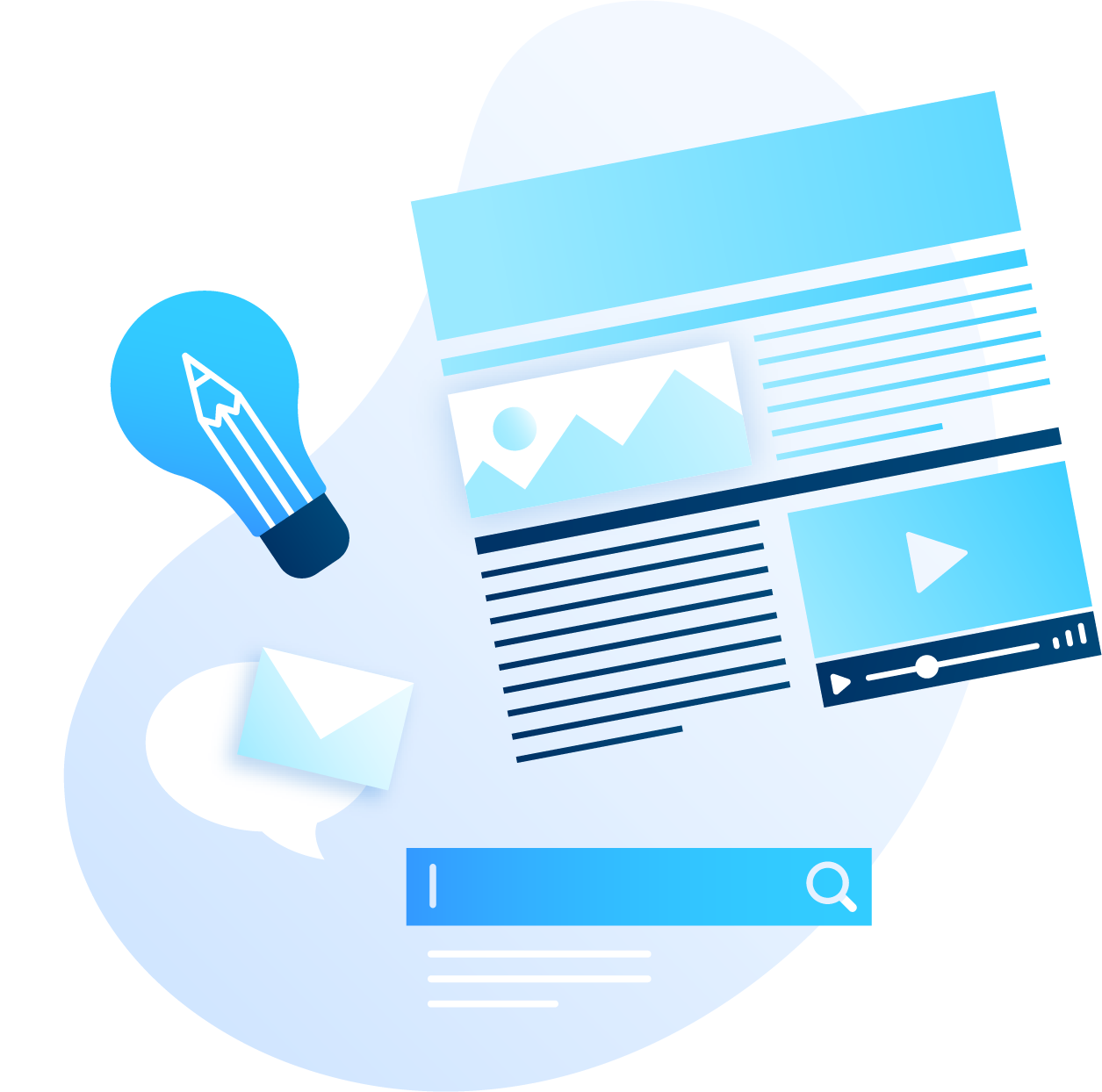As organizations look to embrace Customer Success it is important to have solid understanding about what Customer Success is and is not.
Too often we find examples of Customer Success initiatives that involve little more than changing the name of the Support department or adding a few new roles (e.g. CSMs) to focus on Success-related activities.
Today, Technical Support and Customer Success functions are related, but not the same. Overtime the distinctions between customer-facing departments (e.g. Support versus Success) will blend into a unified team with distinct roles.
Customer Success — Functions vs. Philosophy
It is important to distinguish between Customer Success-focused activities (functions) and Customer Success as an operating model (philosophy).
Support and other customer-facing departments have been engaged in Success-focused practices long before we started labeling them as “Customer Success.” Today, perhaps we label too many things as Customer Success.
True Customer Success requires transformation and cooperation across many departments and introduces new ways to define and measure business performance.
The Customer Success Spectrum
There are variations of Customer Success. Described below. Which one best fits your organization?
Technical Support
Traditional Technical Support functions focused on issue resolution and answering how-to questions, primarily in response to customer questions.
Technical Support is a practice that seems to be as old as the technology industry itself. For many companies the Support department is the primary interface with customers after the initial sale. The mission of Support is to be there for the customer when they need help, but not necessarily to engage customers proactively to assure that they can use and apply their applications.
This is not to suggest that companies or Support organizations are not committed to helping customers succeed. Some of the most committed and customer-centric people in the technology industry can be found within Support. But traditional Support organizations typically do not have a mandate nor the resources to fully drive Customer Success outcomes.
Success-Enabled Support
Somewhere between a traditional Technical Support organization and a full-fledged Customer Success initiative is a hybrid model that introduces Success-focused practices and resources into Support.
Success-Enabled Support includes Success-focused roles such as Customer Success managers; onboarding and adoption specialists; and retention, renewal, and upsell experts. Success-focused practices include formal onboarding, efforts to drive adoption, and plans to define and drive successful outcomes (success plans and journey maps).
These success-focused resources and activities are a quantum leap towards Customer Success. Yet they are often contained within siloed organizational structures or lack full organizational commitment and governance to truly drive an enterprise-wide coordination to maximize retention and relationship growth.
Customer Success
Cross-functional cooperation or organizational alignment primarily focused on customer engagement and proactive service delivery. Primary business objective is to retain and grow relationship value.
Customer Success is an operating model to maximize customer retention and create opportunities for revenue expansion within the customer base. It is not simply an organizational structure, function, process, team, or job description—Customer Success is a customer engagement and retention philosophy.
Customer Success is predicated on the understanding that:
- A significant portion of revenue (>70%+) and growth comes from existing customer relationships.
- For technology vendors to grow relationship value their customers must be able to apply and succeed with the products they have purchased.
Customer Success is a critical methodology for companies that depend on recurring revenues from license, maintenance, and other service subscriptions. Customer Success is not, however, just for companies that sell products as-a-service. Companies that sell perpetual software licenses, equipment, and devices can benefit from Customer Success to drive product adoption and to assure maintenance contract renewals.
Technical Support vs. Customer Success: Key Differences
This table highlights some of the key distinctions between traditional Technical Support, Success-Enabled Support, and all-in Customer Success business models.
| TECHNICAL SUPPORT | SUCCESS-ENABLED SUPPORT | CUSTOMER SUCCESS | |
|
Primary Objective |
Resolve product-related issues, answer “how-to” questions | Help customers adopt and succeed with products | Cross-functional approach to engaging, retaining, and expanding customer relationship value by helping customers to use and succeed with products |
|
Target Audience |
Customers that are entitled to and request Support through warranty or service contract | Targeted segments of the customer base (e.g. top-tier accounts or customers that purchase a specific product or service type) | Customers that purchase renewable products and services, and/or buy specific success plans |
|
Entitlement Program |
Support portfolio | Success plan, add-on, minimum spend, or account status | Success plan, add-on, or included with product purchase |
|
Monetization |
Support fees | Add-on fees for customer success programs | Success program fees and subsidies from product revenue, retention, and growth |
|
Organizational Model |
Stand-alone Technical Support organization | Distinct team of customer success-focused resources within Support department. Some coordination and cooperation with other customer-facing teams. | Cooperation across functional roles (Sales, Professional Services, Education, Support) organized by matrix or reporting structure |
|
Primary Functions |
Cases resolution | Onboarding, drive adoption, success planning, customer health monitoring, retention | Onboarding, drive adoption, success planning, customer health monitoring, retention, revenue expansion |
|
Success Metrics |
Time to Resolve (TTR), First Contact Resolution (FCR), Cost per case, Net Promoter Score (NPS), Customer satisfaction | Process execution: Rate of adoption, success plan execution, retention, renewal rates | Customer retention, revenue growth rate (Annual Recurring Revenue (ARR) / Monthly Recurring Revenue (MRR), renewal, growth) |
|
Service Levels |
Service levels and terms defined by support contract | Defined by success plan terms or triggering events (e.g. customer health) | Ongoing touch points throughout the relationship or triggering events (e.g. customer health) |
|
Service Delivery |
Reactive, customer initiated | Proactive, often triggered by customer milestones or events | Proactive, often triggered by customer milestones or events |
|
Retention |
Emphasis on contract renewal, typically the responsibility of another group | Emphasis on recurring revenue renewal, guided by CSM team, booking often responsibility of another group | Emphasis on recurring revenue renewal, coordinated by cross-functional success team equally accountable for retention/renewal/growth |
|
Growth |
Possible add-on upsell, typically the responsibility of other group | Opportunity identification because of customer engagement. Booking often responsibility of another group. | Opportunity identification because of customer engagement. Cross-functional success team equally accountable for retention and growth. |




